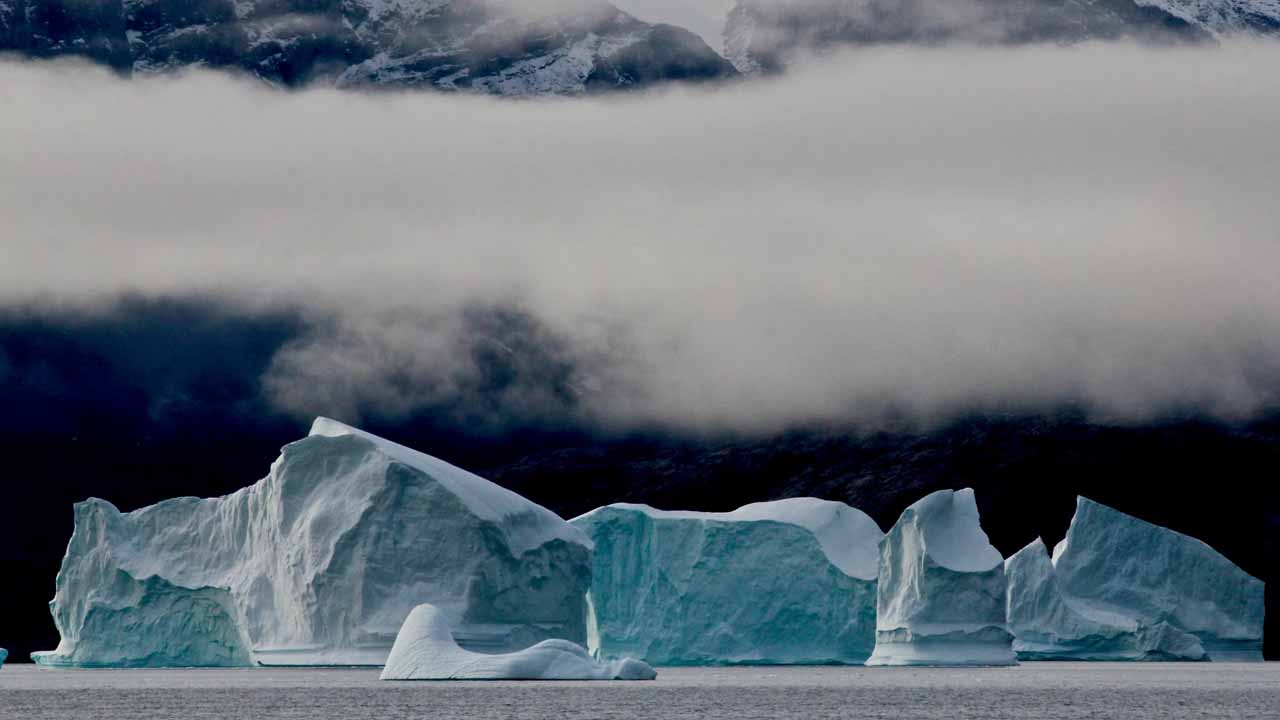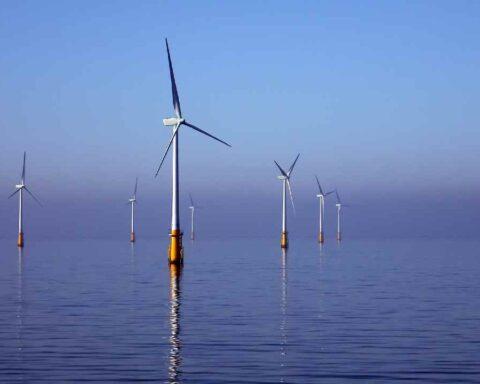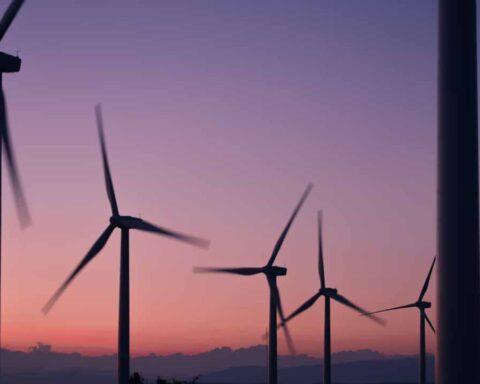Data from the Danish Arctic Monitoring Service Polar Portal, which forms part of the UN weather agency WMO’s Annual State of the Climate report, showed that summer was initially somewhat cold and wet, due to exceptionally heavy snowfall in June, which delayed the start of the melt season.
A heatwave at the end of July became a major factor in the melting of the ice sheet. In terms of total loss, mass balance or average, during the 12 months ending August 2021, the ice sheet lost about 166 billion tonnes. Earlier considered to be an average year, the report shows how the landscape has changed due to rapid climate change. In the late 1990s, these figures could be called a year with very low surface mass balance or average.
The report also said that the cold conditions in the early days of the summer season may have been due to conditions over the southwestern part of Canada and the northwestern part of the US. According to the report, an assessment of world weather has shown that this condition can be defined only as of the result of temperature increase in the atmosphere generated by human activity.
The report says, the year 2021 was remarkable for many reasons. During the year, there was rainfall at the summit station. This summit station is situated at the top of the ice sheet at an altitude of 3200 meters above sea level.
There was an intensification of snow loss on the Sarmek Khuzalek Glacier, where snow loss has been stable for many years.
Snowfall during winter has also been average in the period between 1981 and 2010, as a combination of less winter snowfall and higher summer heat can result in significant snow loss, as seen in 2019.





























